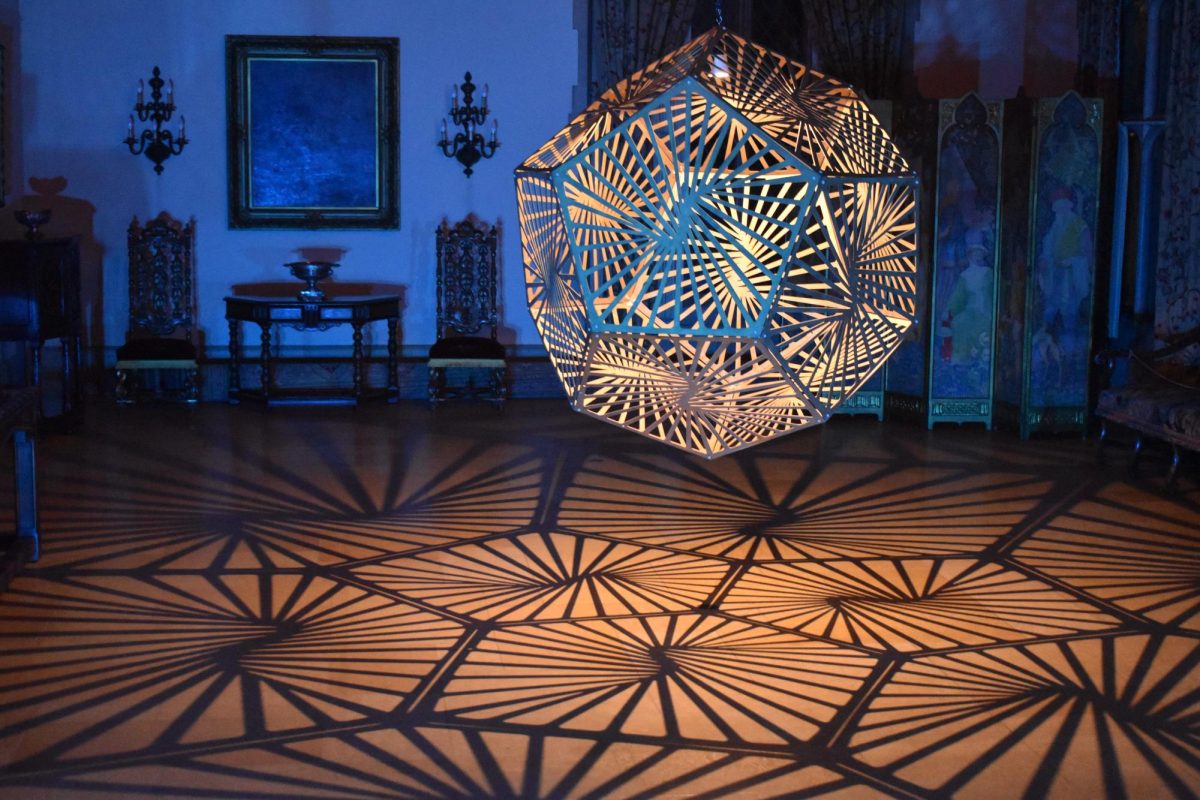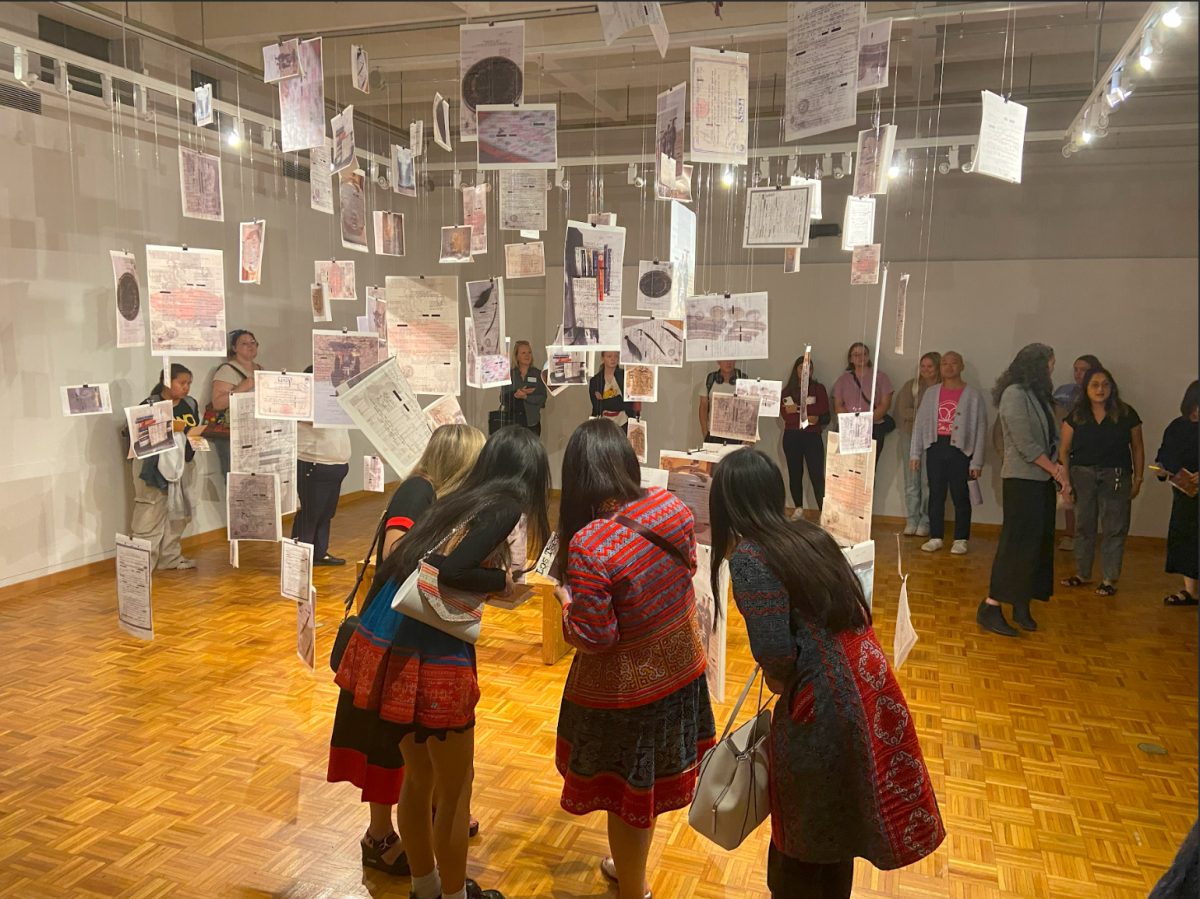Black History Month is winding down. As a last hurrah for Black History Month, the second-annual Decade Dance was held on Friday, the last one of February.
The dance was organized by Michelle Kuhl, an associate professor of history who also teaches courses in African American studies and women’s and gender studies. Last year the theme was 1970s disco, and this year it was the 1990s. At the dance they played hip-hop, R&B and rave music.
It is Black culture that pioneered these music styles and inspired other artists. Migrating musicians from the South brought their musical styles to the Bronx, which is where many other cultures converged.
“It was in the Bronx, in the 1970s, and it’s a fusion of multiple cultures,” Kuhl said. This caused a mixture of African-Caribbean music such as mambo, dance hall, salsa, and native African music and dances.
“[All these influences] melt and fuse and inspire each other and develop into the earliest rap and hip-hop,” she said.
While the hip-hop movement was underground for a time, it later became more popular.
“It grows throughout the ‘80s, but it’s still more in the underground in the ‘70s and ‘80s but then becomes more mainstream by the ‘80s and particularly the ‘90s,” Kuhl said.
It was underground because it was associated with gangs and was “street.” In the ‘80s there was a lot of gang violence. Seeing so many people getting killed in gunplay, gangs replaced guns with hip-hop dancing.
“So at one point … the gang leaders got together and said we keep killing each other and the police don’t care,” Kuhl said. “They’re fine if we are just killing each other. So instead of gun violence and knife battles we should have dance battles. And they actually do start having dance battles.”
Compared to disco, hip-hop was viewed as masculine because of its association with gangs, whereas disco at the time was viewed as feminine.
“Early hip-hop and breakdancing was actually very macho … it was very athletic, very physical, they’re spinning, they’re flipping around,” Kuhl said. “But a lot of girls didn’t dance with them. … Girls wanted to dress up and go to the disco halls because they could dance there.”
Today, 1990s hip-hop, R&B, and other genres are widely enjoyed today. Some, like Kuhl, argue hip-hop is one of America’s best contributions to the music world.
“That’s one of the greatest American exports: … Black culture,” Kuhl said.








